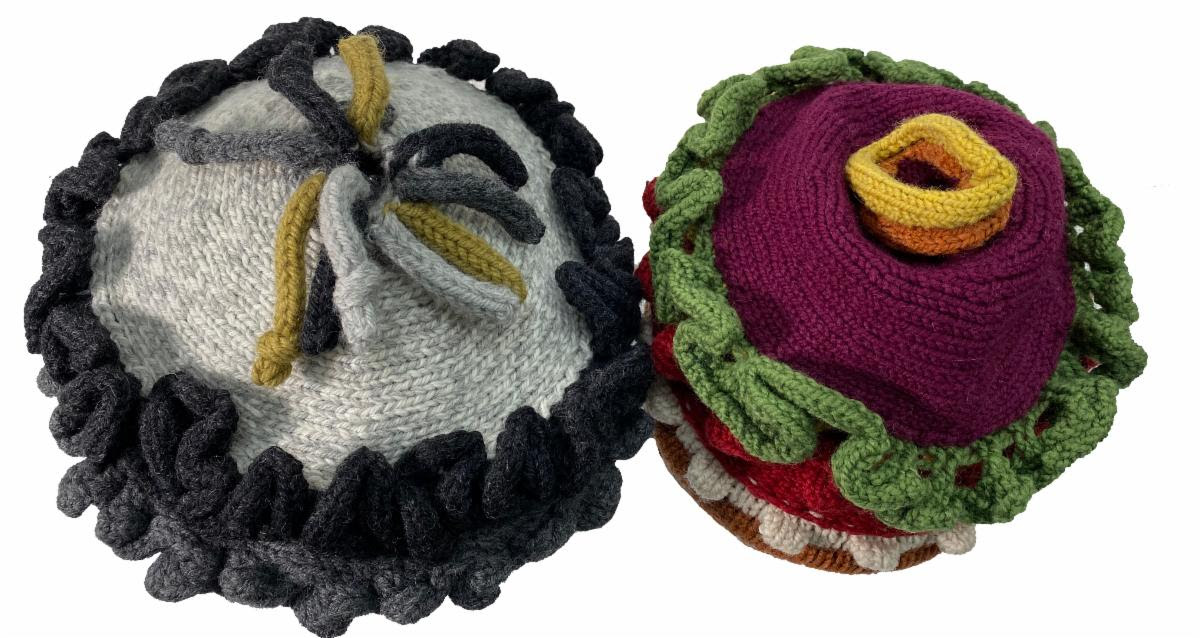Dear Anne
The other day I’d just come to the very last row of a fairly complicated Fair Isle when the lot dropped off the machine! As we all know, hooking it all back pulls on the stitches so I held the knitting carefully. I threaded a bodkin (wool needle) with nylon cord and carefully eased it through each stitch, before hooking it all back on the machine. It worked really well, as the nylon cord slid smoothly through the stitches without pulling. It’s definitely an idea to put in the memory bank. Best wishes, Claudia in Epson


